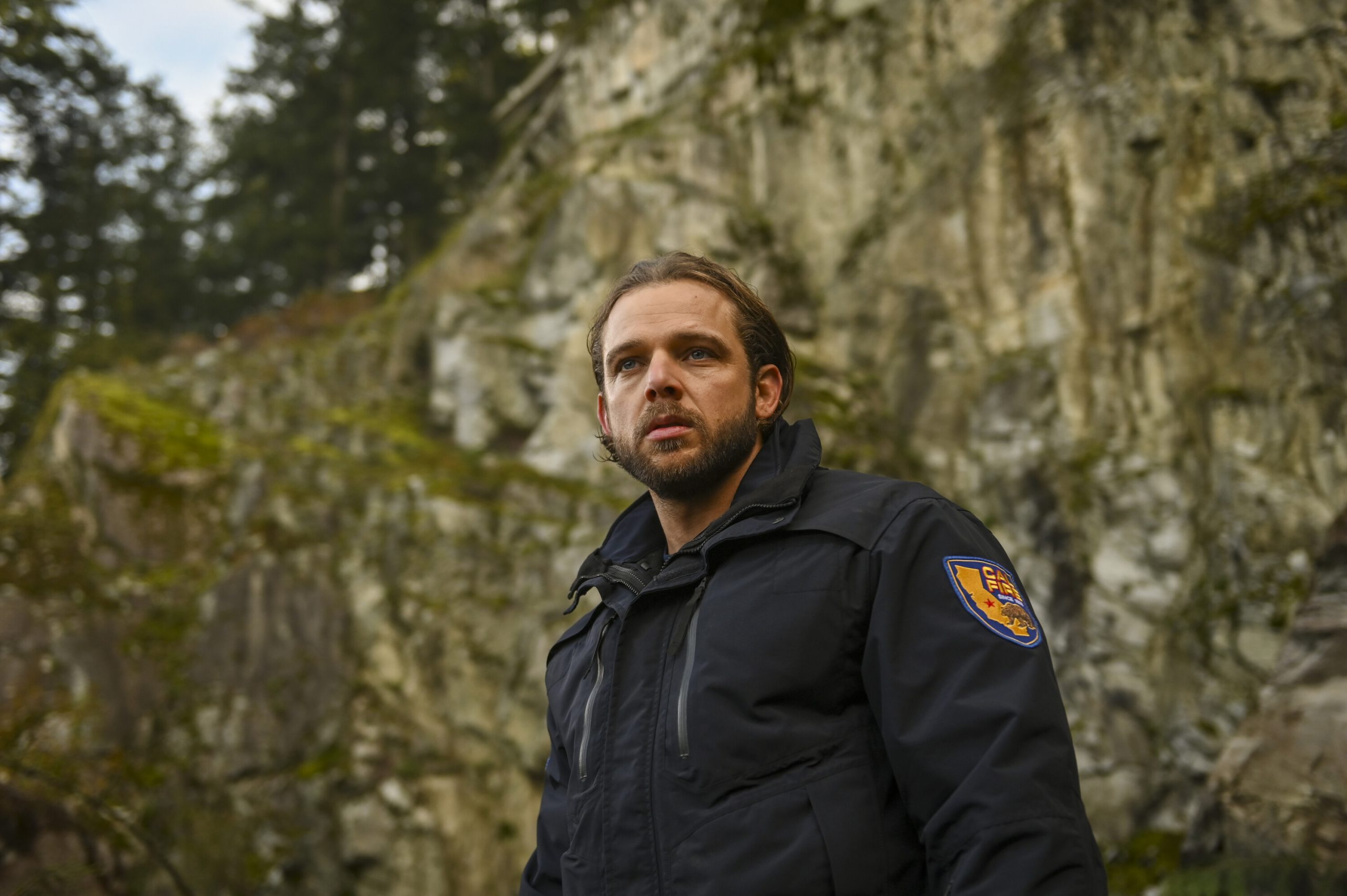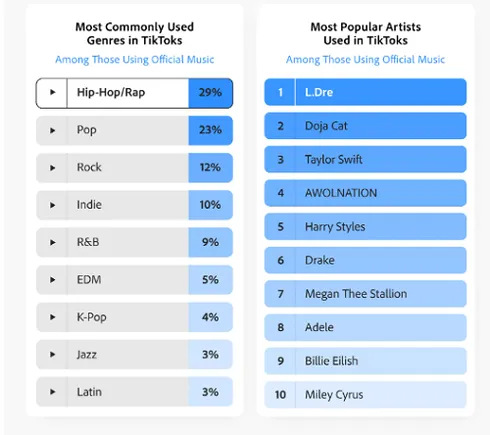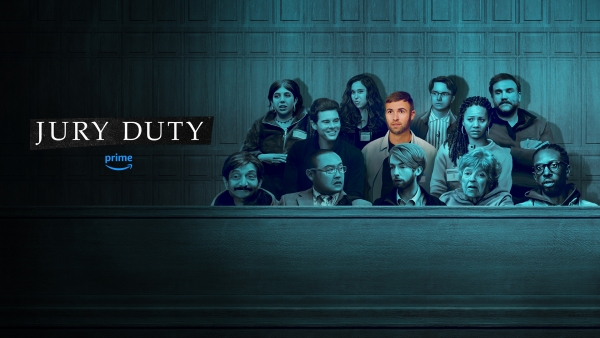Sometimes a wonderfully simple pitch is all a movie needs: There’s a shark (or sharks) in the Seine. Go! That’s the wonderfully effective premise of “Under Paris,” which actually opens in what is basically a water garbage dump in the Pacific (which is a real thing), where we’re introduced to a marine researcher named Sophia Assalas (Bérénice Bejo of “The Artist” and “The Past,” who gives a notable amount of gravity to what could have been a thankless role) who is hunting a mako shark named Lilith. When Sophia’s husband tries to take a blood sample from the shark, he’s attacked and killed, setting up both a personal trauma for our heroine and a personal connection to the shark. Check and check.
Three years later, Sophia is working in Paris when she discovers that Lilith is not just alive and well, but happens to be in the Seine, the river that runs through the heart of the City of Lights, which also happens to be the upcoming site of a triathlon because of course it is. The attention that the event will bring to the city gives “Under Paris” a nice layer of “Jaws”-esque tension with Sophia and her team knowing that there’s danger in the water but the mayor (Anne Marivin) refusing to take the precautions necessary to prevent the loss of life and the gain of shark food. Caught in the middle of the tug-of-war between Sophia and the mayor is a cop named Adil (the charismatic Nassim Lyes, who also starred in Gens’ last film “Mayhem!”), who everyone who has ever seen a movie knows will eventually be convinced by Sophia to do something to stop the upcoming watery bloodshed. But will it be too late?
Gens and his team of writers—there are four credited, and one can sometimes sense a few too many cooks in this kitchen—take a bit too long setting things up, but they deliver when they need to. Even though Gens is obviously foreshadowing the carnage to come in the final scenes of “Under Paris,” they really pay off on that promise with a few scenes that need to be seen by anyone who has scheduled viewings around Shark Week or seen all four “Jaws” movies multiple times. It’s impressive insanity, and it ends with a sequence that recalls Roland Emmerich as much as it does Steven Spielberg.





































































